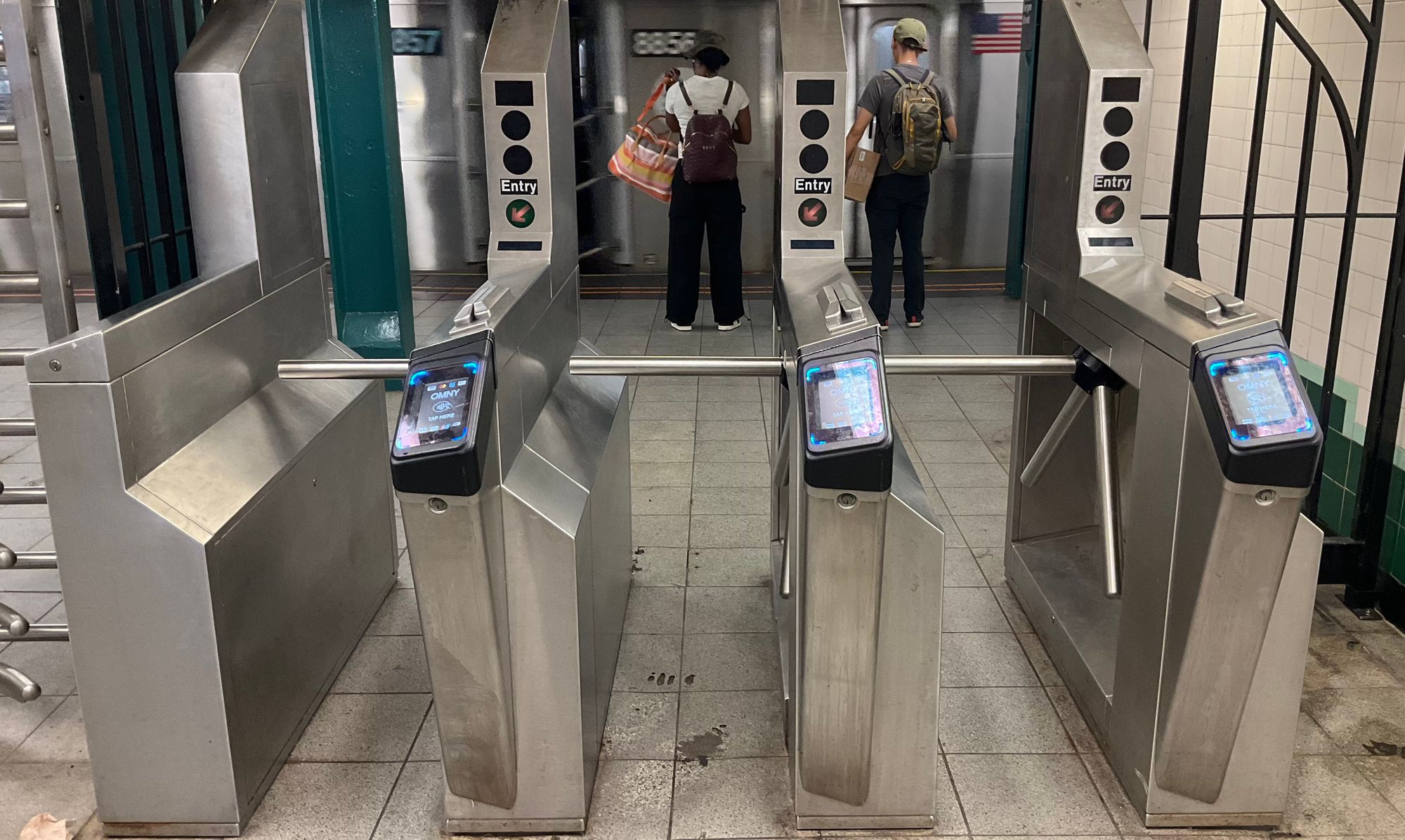In the mid-afternoon one Saturday earlier this month, the target got on the New York subway. I knew what station they entered the subway at and at what specific time. They then entered another station a few hours later. If I had kept monitoring this person, I would have figured out the subway station they often start a journey at, which is near where they live. I would also know what specific time this person may go to the subway each day.
During all this monitoring, I wasn’t anywhere near the rider. I didn’t even need to see them with my own eyes. Instead, I was sitting inside an apartment, following their movements through a feature on a Metropolitan Transportation Authority (MTA) website, which runs the New York City subway system.
This post is for paid members only
Become a paid member for unlimited ad-free access to articles, bonus podcast content, and more.
Subscribe
Sign up for free access to this post
Free members get access to posts like this one along with an email round-up of our week's stories.
Subscribe
Already have an account? Sign in

